My Dog Is Acting Aggressively: Causes and Solutions
Dogs sometimes have difficulty coping with environmental influences or their own physical or emotional senses. When this happens, it can result in the accumulation of aggression. Recognising low-level indicators and signs that lead to the culmination of aggression helps you make better choices to promote your and your dog’s safety.
What is Aggression?
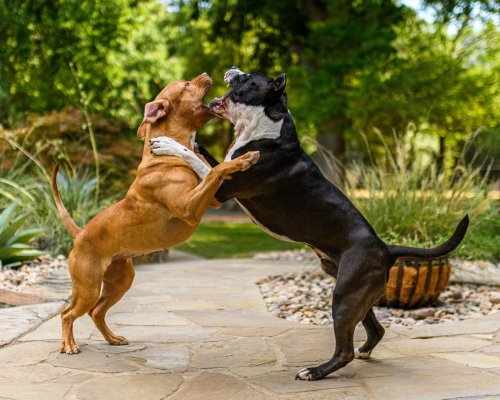
Aggression is a natural set of behaviours that is underpinned by negatively valenced emotions. It serves an important purpose in nature: driving an instinct to survive. It can be associated with resource or territory guarding, self-defence or preservation, defending family or relatives, or obtaining resources such as food or attention.
The social acceptability of canine aggression is often low, as it can lead to bite injuries that are severe or even deadly. However, at its core, aggressive behaviour is the communication of negative emotions to achieve something, whether it is conscious or unconscious, planned or reactive.
To a certain extent, the expression of aggressive behaviour (or the threat of aggression) is used to negotiate social interactions. However, repeated signs of high-level aggression can indicate underlying physical pain or emotional issues and negatively impact the dog's social environment.
For dogs that display aggression, this behaviour is usually not a sudden outburst but the result of a whole range of behaviours that start with a warning and can culminate in an attack. The different behavioural signs of aggression are often called the Canine Ladder of Aggression.
Aggressive behaviour in dogs is not something to take lightly, and it should not be punished. Rather, the underlying biological, psychological, physiological and social factors that have contributed to the manifestation of canine aggression should be explored.
What Are the Possible Causes or Triggers for Canine Aggression?
Aggression generally doesn't typically mean that a dog wants to hurt anyone, but rather that it is experiencing a strong physical response to their emotions and sensory stimuli.
Dogs that are suffering from hidden pain have an enhanced perception of exteroception, leading them to need a larger zone around them to feel safe. Think of this as their safety bubble; it expands when the dog is exposed to stressors.
Sudden changes to their home or routine can also lead to irritability and result in signs of aggression. However, triggers of aggressive behaviour can generally be broken down into a combination of internal and external factors.
Common triggers of aggressive behaviour could be:
Unwanted or non-consensual touch (especially in an unwanted place or painful area)
Fear such as the fear of losing a resource
Frustration
Inability to act on natural instincts
Inability to escape unpleasant stimuli
Intrusions or perceived intrusions of space
Novel objects, animals or humans, such as strangers, or people wearing weird things
Warning Signs of Aggression
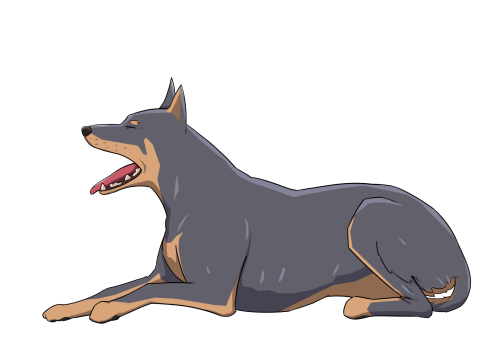
Paying attention and acting appropriately to our dog's lower signs of aggression is favourable. This can help reduce the expression of high-level aggressive behaviours, as the dogs will feel heard and validated. However, even dogs that have never previously shown signs of aggression can suddenly display high-level aggressive behaviours.
Warning signs of aggression should be respected; not all dogs will show them, nor will they always demonstrate them in the same way, but dog owners should learn to read the warning signs and act on them in their dog's best interests. These warning signs usually include some of the following:
Yawning
Lip licking
Turning away
Pinning ears back
Very still or rigid posture
Intense stare
Hackles raised
Growling and/or showing their teeth
Lunging forward or charging but with no contact
Muzzle punch, which involves the dog hitting you or others with their nose
Snapping
Deep guttural bark that sounds threatening
Are Some Breeds More Prone to Aggressive Behaviour?
Breed-specific aggression is a contentious topic. In contrast, genetics can play a significant role in the severity of injury caused by aggressive acts. The size of a dog and their jaw structure play a significant role in the mechanics of their maximum bite force.
Dogs with longer snouts have less mechanical bite torque than dogs with shorter snouts. This is explained with the torque equation:
Torque = Force x Distance
The longer the Distance of the jaw, the more the output Force decreases.
Biological factors such as age, sex, and state of health can contribute to increased aggressiveness. However, there are also social, emotional and psychological factors that promote aggression in dogs. For example, a lack of socialisation, type of training, and the type of bond the dog has with its caregivers all play a large role in the expression of aggression.
Classification of Aggression in Dogs
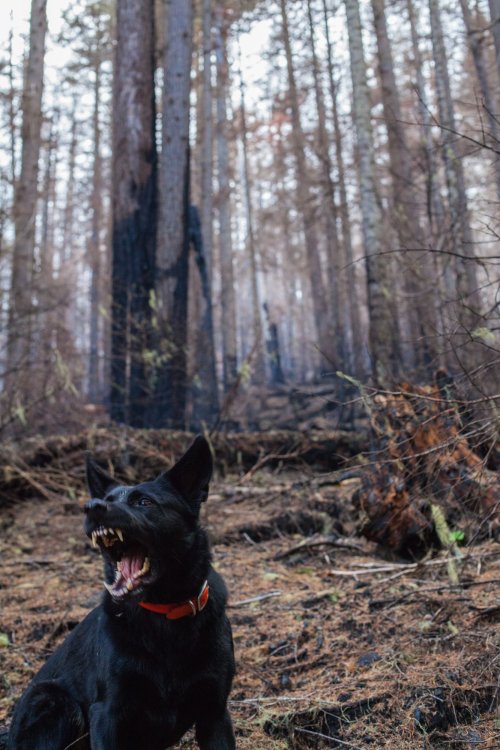
We have already mentioned some triggers of aggression. This behaviour becomes even clearer when we consider the classification of dogs' aggressiveness. Although the more we observe the sources of this behaviour the division gets more specific, if we look closely at the causes of dog aggression, we can generally divide it as follows:
Protective aggression: it can also be called maternal aggression because it mimics behaviour that aims is to protect the offspring.
Territorial/possessive aggression: dogs may display this when they perceive a person or another animal to have entered their territory uninvited. That territory is relative depending on what the dog considers personal space—a house, yard, kennel, couch, blanket, etc.
Aggression due to pain: this type of aggression is most common in dogs with an otherwise good temperament. It occurs equally in puppies and adult dogs, especially if they feel a sudden pain, even if unintentionally caused. A dog's sudden aggression due to pain is extremely unpredictable, which is why you should be careful when handling an injured or sick dog, even if it is your long-time pet.
Predatory aggression: Many breeds of working or sports dogs display a strong prey drive, although often, in pets, it can be less pronounced. Therefore, sometimes dogs can show aggression towards other animals that are interesting to them as prey.
Sexual aggression: it sometimes appears as part of mating behaviour. It is directed toward other animals, either toward the one the dog is mating with or toward other dogs that may represent competition.
Fear Aggression: this behaviour is based on fear or anxiety. It especially occurs if the dog feels cornered in unfamiliar situations, in a new environment or the presence of unfamiliar people.
Leash Aggression: this occurs only when the dog is on a leash, and it's the result of the dog's frustration at being restrained. It happens when dogs are exposed to unwelcome stimuli or prevented from reaching wanted stimuli, and may be associated with a lack of inhibition or self-control, and may be easily addressed with training.
Redirected Aggression: this occurs when a dog shows aggression toward a person or animal, and someone else intervenes. The dog abruptly redirects its aggression from the source that incited it to the person or animal that intervened. This is why it often happens that a dog bites the owner who tried to separate it from another dog during an aggressive fight.
Aggression due to aging: since aging in dogs brings numerous changes, and often discomfort and pain, it can affect an increased level of stress and sensitivity. This leads to unexpected expressions of aggression in senior dogs.
How to Handle Dog's Aggression?
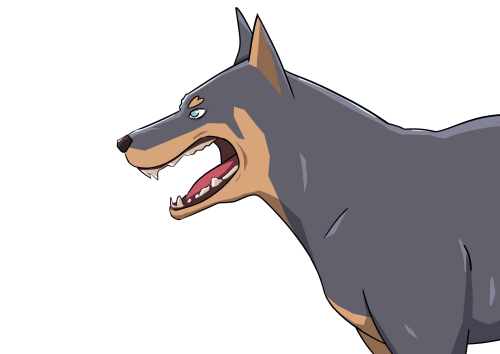
Depending on the causes of the dog's aggression, the approach will vary. Some aggressive behaviours can be alleviated by treatment that addresses underlying physical or emotional issues. Consulting with your vet should be a priority, especially when the behaviour has suddenly occurred or worsened.
Manual therapy treatments that reduce stress and calm the nervous system are often helpful for dogs with aggression linked to pain, arousal, or emotional issues, while others will require the help of a veterinarian behaviourist to mitigate or desensitise environmental triggers that lead to aggression.
When observing a dog that shows aggression, you can start by asking yourself:
Towards Whom Is the Aggression Most Often Directed?
Strangers
If the dog shows aggression towards strangers, it is important to see what exact situation influenced such behaviour. Does the dog react equally to all strangers or only to some (children, people in uniform or similar); does the dog show aggression when strangers come to its home or is it equally triggered on the street; is such behaviour triggered when strangers approach and touch the dog, or is just the sight of them enough? Answering these questions will help detect the reasons for aggressive behaviour, which will greatly help in further communication with a veterinarian or a professional dog trainer.
Other Animals
Aggression towards other animals will cause problems for some on the street and, for others, at home if they live with multiple pets in their household. Therefore, this major issue should be detected and corrected in time to make your everyday life less stressful and to reduce the risk of injury to your dog and other animals. The first step, which will be much easier if the dog is still young, is the socialization and habituation of the dog to other animals (and this also includes cats, birds and other animals in the area). You can seek expert advice on how to do it on your own. But if the aggression towards other animals has advanced, then the correction will most likely be necessary under the direct guidance of a professional trainer.
Owners and Family Members
Although it can be extremely distressing, dog aggression towards the closest family members and owners is not usually an expression of hatred. The reasons for such aggression may be caused by hidden pain, which requires going to the vet, or, for example, because the dog guards its space (territorial aggression) if the house is full of people. In any case, such behaviour should not be ignored, but it is vital to take steps so that both the pet and the people with whom it shares the home feel safe.
Seeking Professional Help
If aggression is repeated, increases, or has suddenly started, then it's important to seek professional advice as soon as possible. Firstly the impacts of underlying pain need to be ruled out.
Visit Your Vet
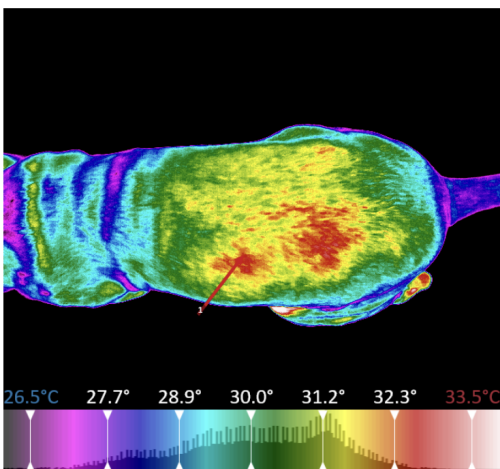
It is especially important to eliminate any medical causes or pain that could affect your dog's mood swings. Your vet will assess for this through a thorough examination. Inform your vet about the situations in which the dog shows aggression, especially if they concern strangers, which the vet will most likely be. When aggression occurs in an otherwise calm dog, physical pain as a trigger should especially be taken into account.
If your dog doesn't tolerate touch, the first good step will be thermal imaging, which is touch-free and will cause less stress; this can be useful when discussing your dog's wellness with your vet.
Training With a Canine Behaviourist
Aggression should not be considered a flaw, something that should be corrected. Rather, it should be understood as a means of communication that should be listened to and respected.
Although aggressive behaviour is generally unwanted, a behaviourist can help you and your dog communicate more clearly, leading towards de-escalation.
Unfortunately, there are many unqualified canine behaviourists or those with qualifications from scientifically disproven methods that may suppress aggressive behaviour - making it appear as if the dog is 'fixed' when it is in a high-stress state.
Canine Osteopaths study behaviour in addition to being able to treat the body therapeutically and may offer a better service that addresses physical and emotional issues in addition to aiding in behavioural modifications.
At Home
After talking to the experts, you'll have to learn to keep in mind what triggers your dogs' aggression and avoid unnecessary exposure while you work through the issues. However, it is not possible to avoid all triggering stimuli or causes of such behaviour, so do your best. If they are triggered, ensure your dog has plenty of time, and you have a plan to help their nervous system regulate afterwards, otherwise, they can get stuck in a chronic stress-state leading to further health issues.
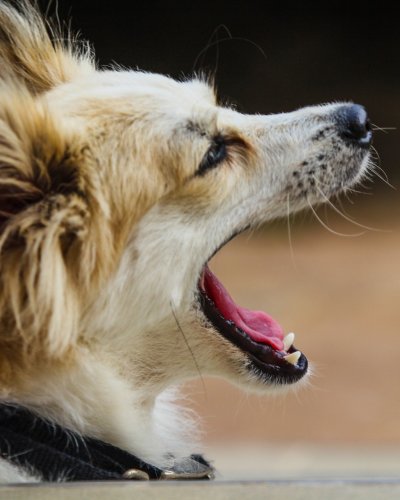
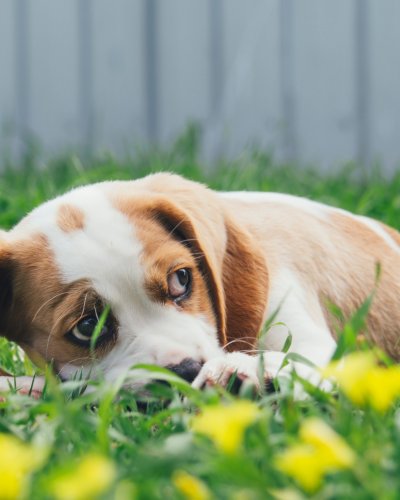
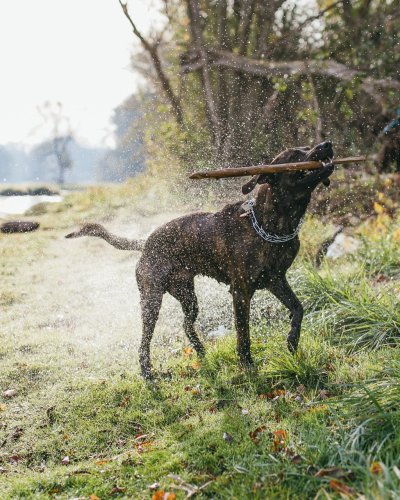


Leave a comment